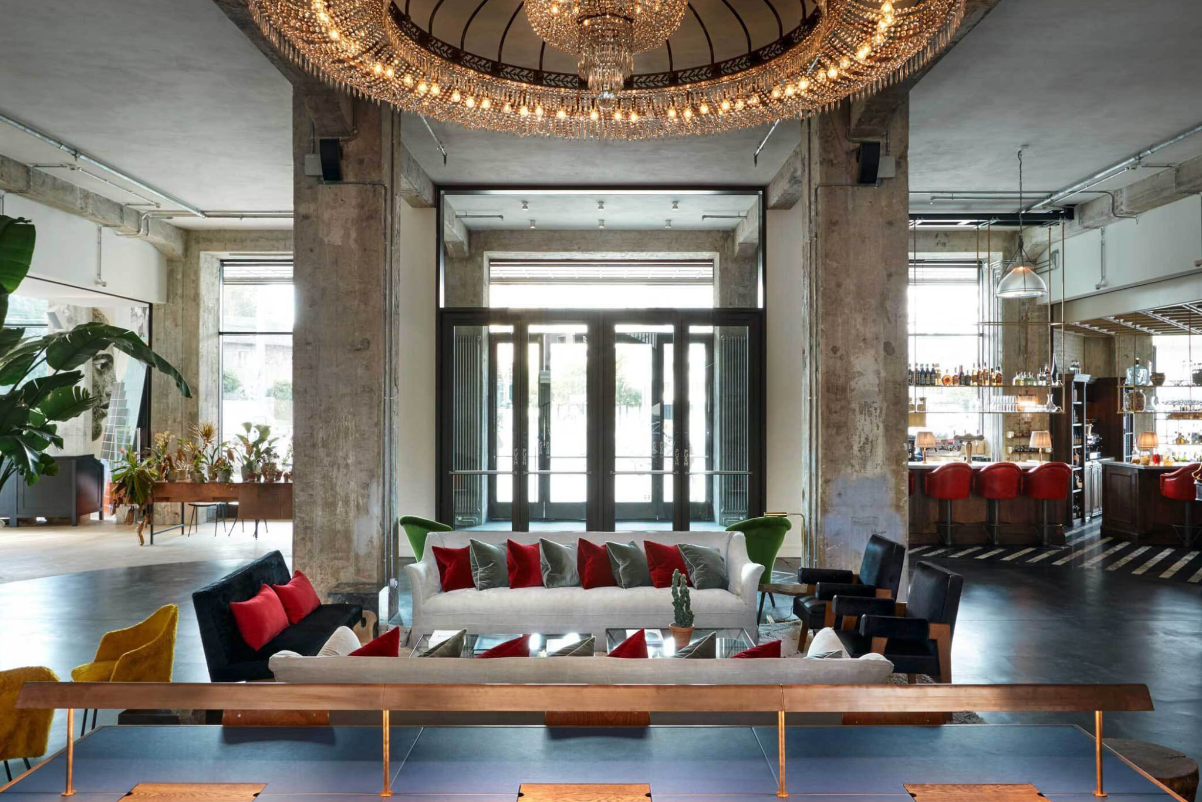Soho House Wants Members to Buy Extras in Path to Unlocking Profits

Skift Take
Know what's cool? Having cool people join your member's clubs. Know what's even cooler? Having members buy your high-margin upsells, like food and skincare products.
Soho House & Co. wants its social clubs to stay popular — but not too popular.
"We want to actually increase members' spend and actually hold footfall," said CEO Andrew Carnie. "We don't necessarily need more footfall in our houses."
The New York-headquartered company — which runs 41 Soho House members clubs mostly in Europe and North America but also with a just-opened club in Bangkok — is focused on upselling members. The biggest ongoing roll-out worldwide is a refreshed menu of food and beverage items that aim to be more locally

